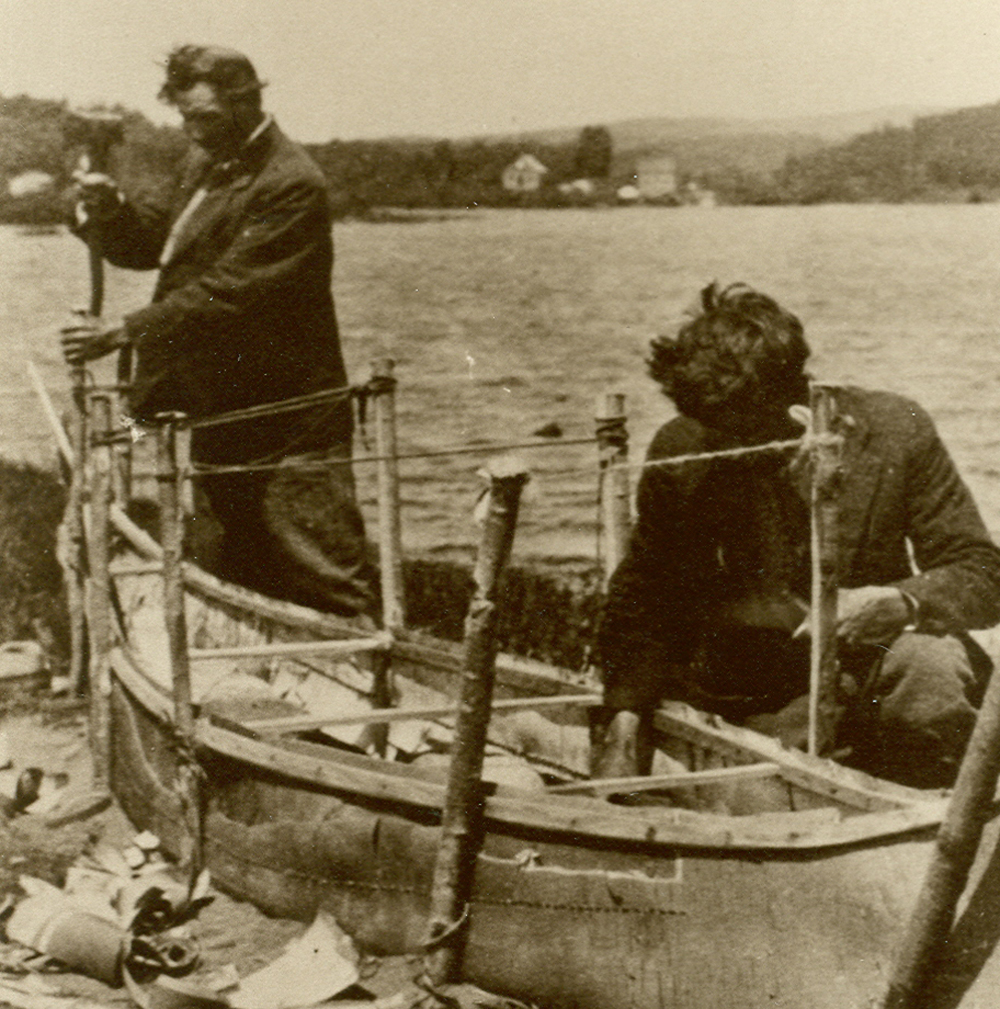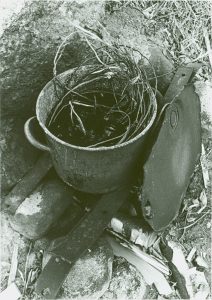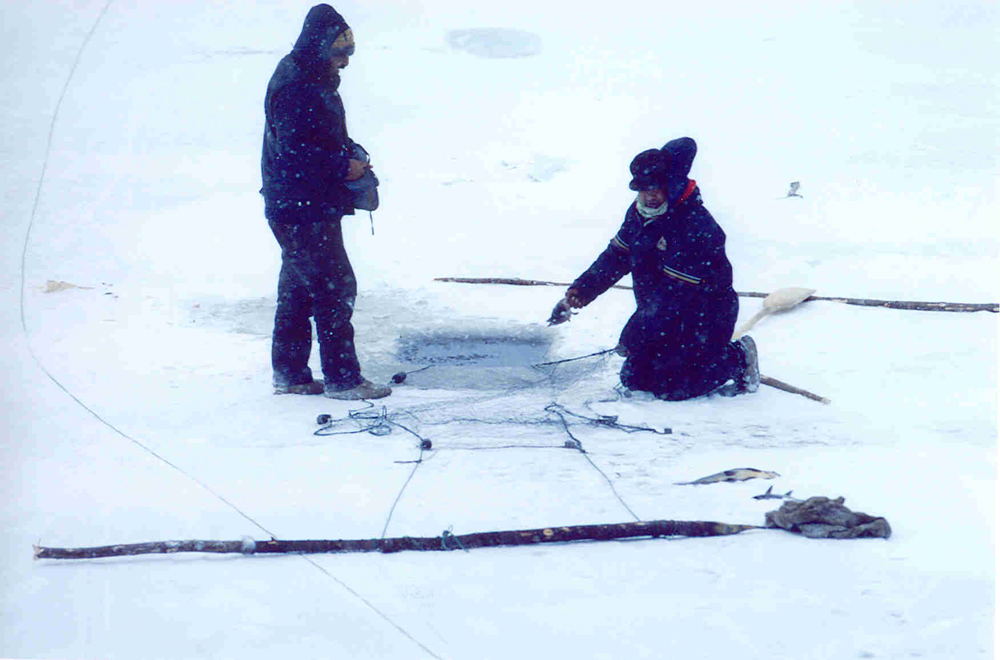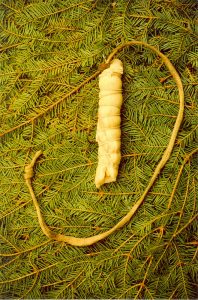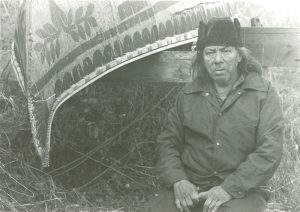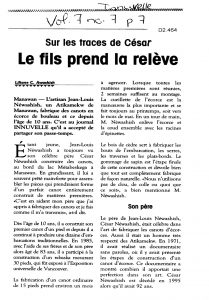Ancestral Fishing Methods
There are few written records on the traditional know-how of the Atikamekw people. Passed down from parents to children by word of mouth, the traditions survive from generation to generation.
Living close to nature, this Indigenous people developed methods and techniques that are intimately linked to the Aboriginals’ six seasons. Still today, fishing is one of the most widespread activities.
Every season brings its own sort of abundance. In the spring and summer, people use nets to fish for walleye, pike and lake trout. In the fall, they cast their nets for whitefish and then scale, gut, cut up and thread their catches on sticks to smoke and preserve them. In the winter, they dig a hole in the ice and continue to fish, again using nets.
Did you know that the word “Atikamekw” means both “white fish” and, more specifically, the species known as “whitefish”?
The Atikamekw people are skilled at making everything themselves. They make fishing flies out of hair, grouse feathers and bits of fox fur, and hooks out of moose bones. They even fashion their canoes from birch bark.
Much of their traditional artwork is still created with know-how passed down over centuries. Imparting knowledge in this way speaks to the multiple talents of this Indigenous people. The elders are proud to share this wealth with the new generation.
The tradition continues…


